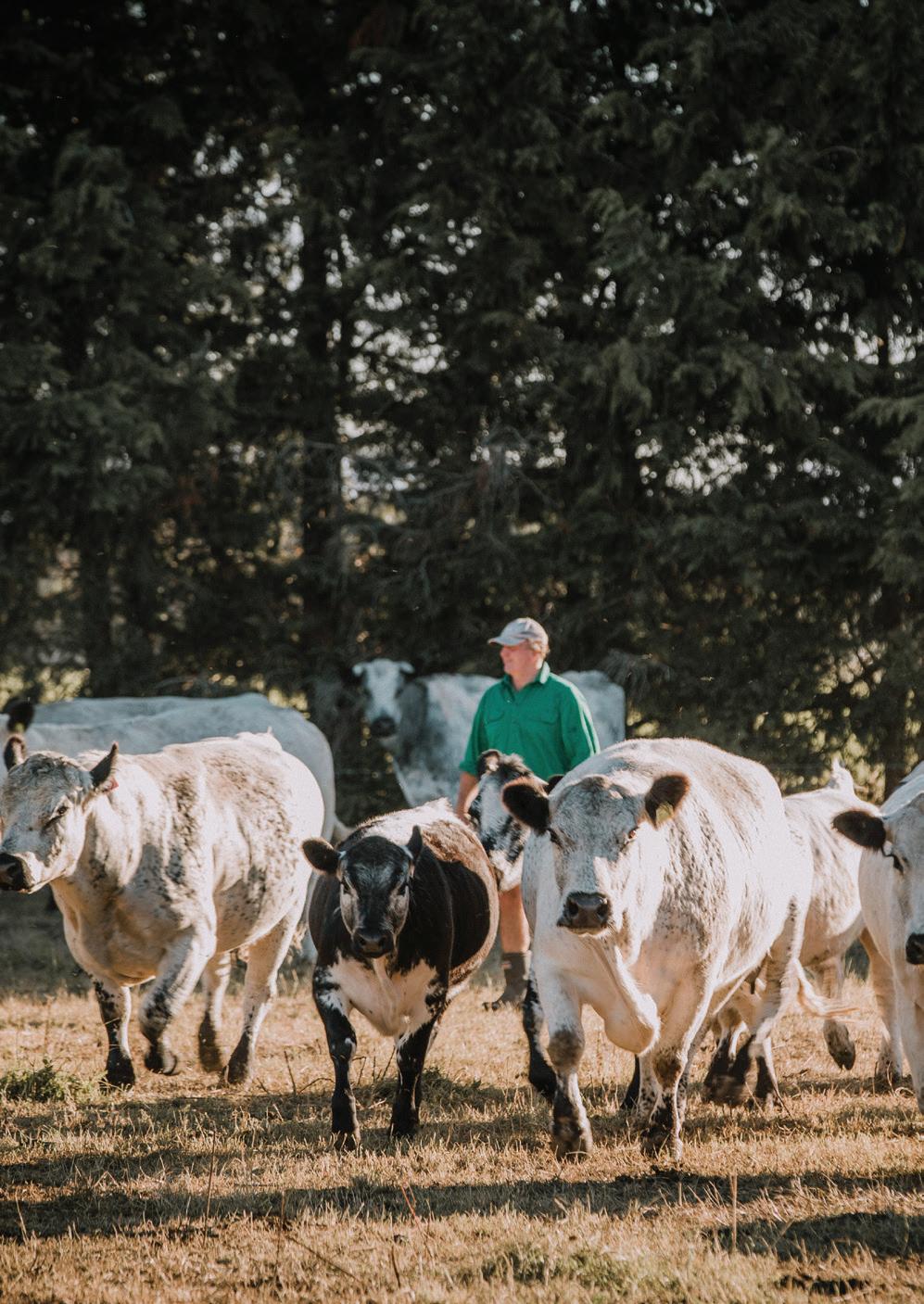RealFarmer Real Farmer
RealFarmer Real Farmer FOR EVERYTHING FARMING AND FAMILY
AU T U MN 2 0 2 1
Speckle Park breed joins the dots for success
Farm reinvented as wedding venue AU TU MN 2021
Farmer plots a regenerative journey
Big challenges align for 2021



















